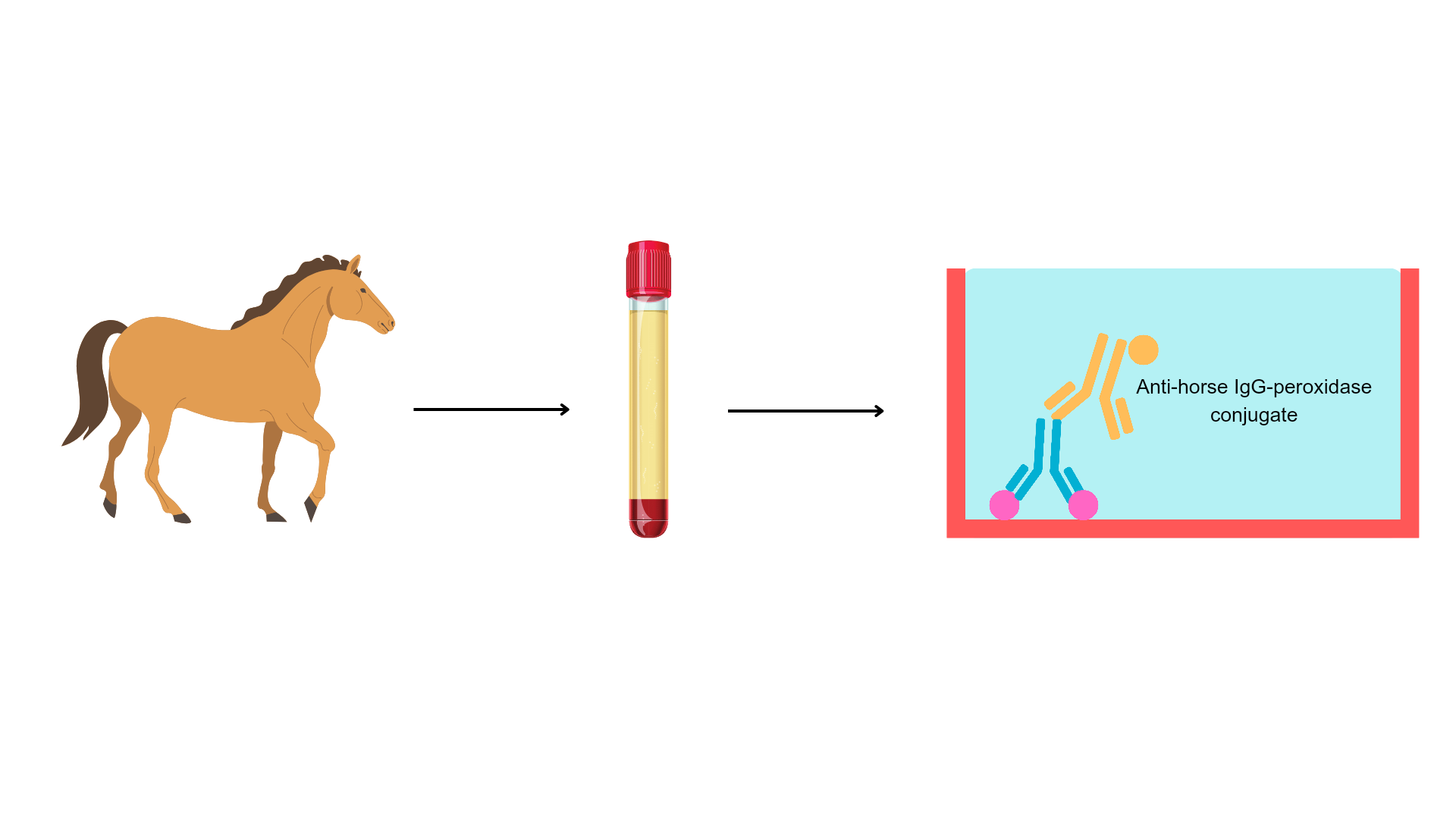Hepatitis E virus (HEV) infection has been demonstrated in various animal species; those recognized as potential zoonotic reservoirs pose a considerable risk to public health. The expanding host range and the recent increase of human infections associated with zoonotic HEV-3 in some countries have highlighted that animals other than the reservoirs (pigs and wild boras) may contribute to HEV transmission via the consumption of raw or undercooked meat, direct contact, or occupational means.
Horses have been shown to be susceptible to HEV infection since 2007, and their contribution as natural reservoirs has been detailed in recent years. Researchers led by Dr. Andreza Soriano Figueiredo from the Laboratório de Desenvolvimento Tecnológico em Virologia (IOC/Fiocruz) aimed to investigate whether horses are exposed to HEV infection in Brazil.
Horses slaughtered for meat exports (human consumption) and those bred for sports or reproduction were screened for the presence of anti-HEV antibodies and the viral genome. As an alternative to multispecies anti-HEV assays, the commercially available human anti-HEV ELISA kit was adapted to detect horse-specific anti-HEV IgG by replacing the human anti-IgG conjugate with a species-specific secondary antibody. Sixty eight of the 257 serum samples analyzed were positive for anti-HEV antibodies (26.5%). Both horse populations presented anti-HEV antibodies, with at least five times more chances in horses slaughtered for human consumption (60/132) than those bred for sports or reproduction (8/125). The viral genome was not detected.
This study not only demonstrates, for the first time, the serological evidence of HEV infection in Brazilian equines, but also highlights that a great proportion of horses slaughtered for human consumption had contact with the virus. Considering that Brazil holds one of the largest horse populations in the world, with about 6 million animals, and that the country is the second largest horse meat producer in South America, these findings pose a challenge to researchers and authorities to further investigate the potential of horses as HEV reservoirs and possible routes of transmission to humans and other animals.
Read the full article (Microorganisms. 2023 Nov 10;11(11):2743): DOI: 10.3390/microorganisms11112743

